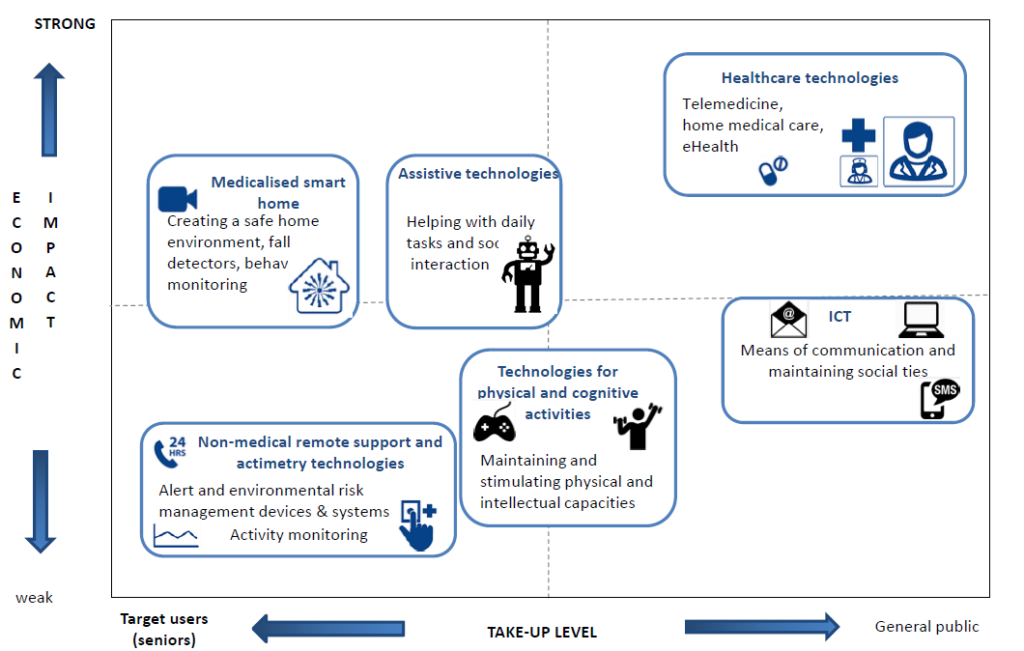Most ehealth suppliers remain “exploring“ stage in regard to business model. As today’s ehealth relies on the use of connected sensors that allow vital signs tracking, the main business model tend to move to the “pay-as-you-go” model, implying that apart from the object itself, the aim is to sell care-associated services, such as falling alert, chronic conditions monitoring or 24/7 telemedicine. Some medtech companies begin to offer bundles, requiring subscription to have both device and service access. Innovative business models are gradually being introduced, among which “pay-per-outcome” attracts most attention. The concept is users pay only if their health improves. However, many argue this model seems unlikely to take hold, since the majority of cost is occurring Opex rather than Capex, particularly when it comes to the patients living with multiple chronic conditions.
Beyond that, there is a consensus in the healthcare sector the patients should not have to shoulder the ehealth costs single-handedly, although the situation can vary by country. In this context, senior population is more targeted as their purchasing power and willingness to pay out-of-pocket money for ehealth offering is much higher than other demographics. Further, the sensitive nature of health data also nurtures new business addressing health data security and the democratization of data access by multiple stakeholders. In the long run, precise medicine may also provide high economic potential. Thanks to the development of big data, AI and genetic technologies, it could foretell chronic diseases and prevent deterioration in the future, thus lowering the overall social and care cost down.

Source: IDATE DigiWorld, The digital silver economy, January 2017
To delve deeper into this theme
Buy our report: Connected Healthcare
En savoir plusBuy our report: The digital Silver Economy
En savoir plus
